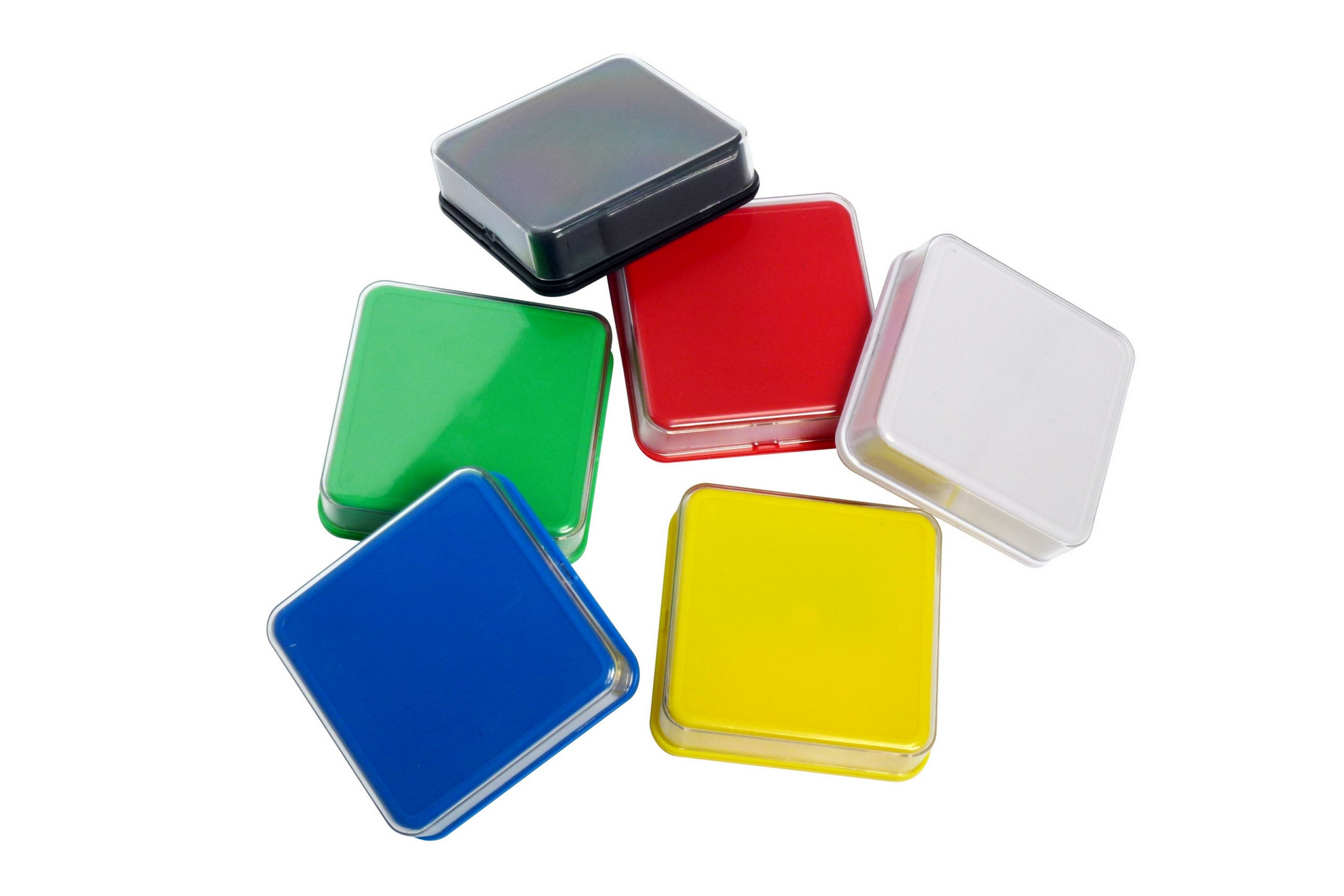BLOG


Things to know about Cerebral Palsy
Cerebral palsy refers to a group of disorders that affect muscle movement and coordination. In many cases, vision, hearing, and sensation are also affected. Cerebral palsy is the most common motor disability in childhood.
Here are some things to know about Cerebral palsy and what signs to look for in young children:
- Affects Movement: Cerebral palsy is a disorder that affects a person’s ability to move and maintain balance and posture.
- Common cause of childhood motor disability: It is the most common motor disability of childhood. According to CDC’s estimates, about 1 in 323 children has been identified with Cerebral palsy.
- Boys vs Girls: Cerebral palsy is more common among boys than girls.
- Kind of Cerebral Palsy: Most children, i.e. about 75%-85% with cerebral palsy have spastic CP – which means that their muscles are stiff, and as a result, their movements can be awkward.
- Additional conditions: Many children with cerebral palsy have one or more additional conditions or diseases along with their cerebral palsy, known as co-occurring conditions. About 4 in 10 children with cerebral palsy also have epilepsy and about 1 in 10 have autism spectrum disorder.
- Walking: Over half of children with cerebral palsy can walk independently.
- Congenital Cerebral Palsy: Most of the cerebral palsy cases are related to brain damage that happened before or during birth and it is called congenital cerebral palsy. These factors can increase the risk for congenital cerebral palsy:
- Being born too small
- Being born too early
- Being born a twin or other multiple birth
- Being conceived by in vitro fertilization or other assisted reproductive technology
- Having a mother who had an infection during pregnancy
- Having kernicterus (a type of brain damage that can happen when severe newborn jaundice goes untreated)
- Having complications during birth
- Acquired Cerebral Palsy: A small percentage of Cerebral palsy is caused by brain damage that happens more than 28 days after birth. This is called acquired cerebral palsy. These factors can increase the risk for acquired cerebral palsy:
- Having a brain infection, such as meningitis
- Suffering a serious head injury
- Cause:The specific cause of CP in most children is unknown.
- Diagnosis: Cerebral Palsy is diagnosed during the first or second year after birth. If a child’s symptoms are mild, it is sometimes difficult to make a diagnosis until the child is a few years older.
While there is no cure for cerebral palsy, it can be often treated and managed. With the appropriate services and support, children and adults with cerebral palsy can stay well, active, and a part of the community.

